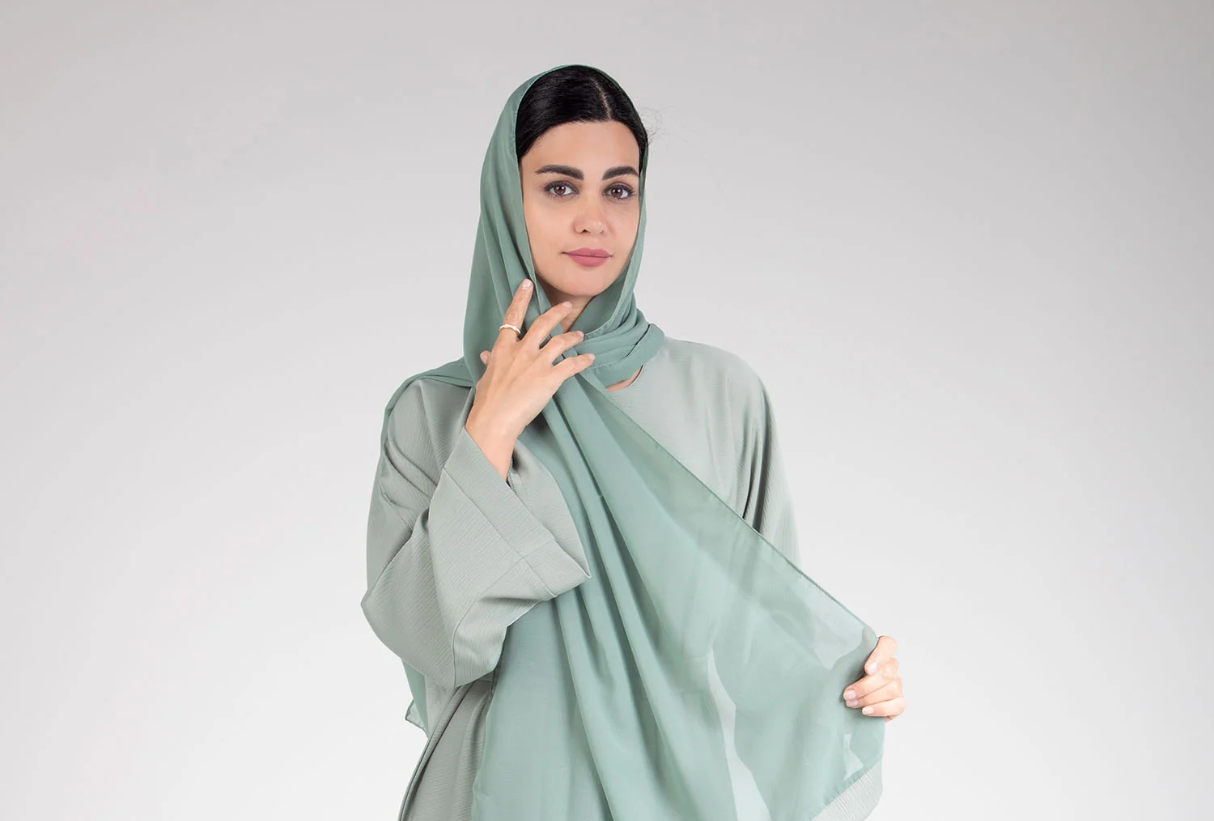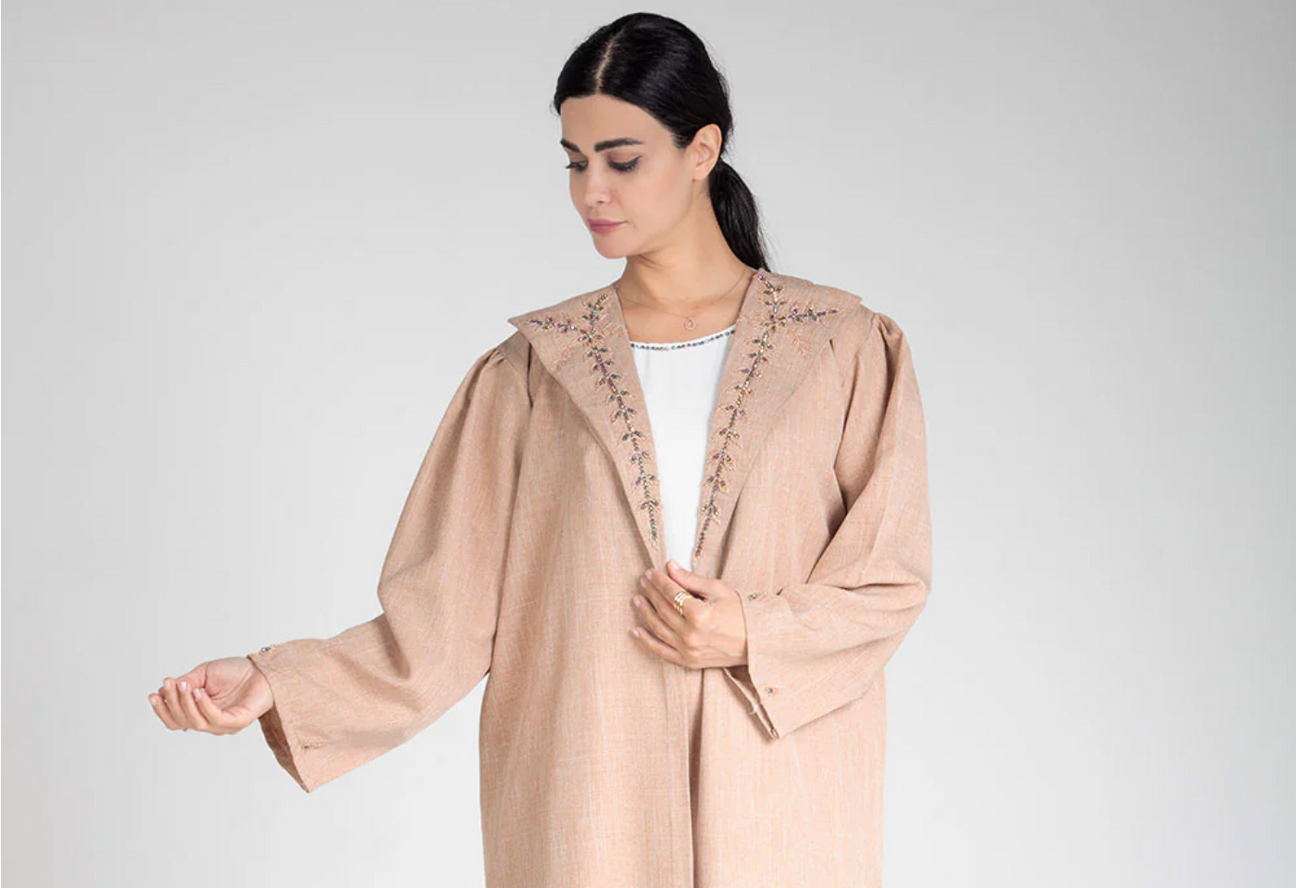As Islamic culture and fashion becomes more ingrained into the mainstream fashion culture, we are likely to see more events popping up that share the philosophy of the recently-ended Arab Fashion Week, which was held in Dubai near the beginning of October.
The aim of the event was twofold. Firstly, it was a fashion extravaganza that offered the floor to creators from around the globe to show off what they had to offer, which meant it had a wonderful mix of fashions from a wide variety of cultures, all intermingling and sharing the same stages.
However, perhaps more importantly, the week was intended to help Dubai become one of the true fashion capitals of the world, much like Paris and Milan, which can only mean good things for Islamic fashion and the industry as a whole.
The History
Founded in 2014, Arab Fashion Week initially acted as an event that would allow designers from the 22 countries that make up the Arab league to display their latest collections and show that ideas from Islamic nations could make a mark on the world of mainstream fashion.
The rise of the show has been meteoric over the past three years. Today, it still maintains its focus on promoting Islamic fashion, but the wider fashion world is definitely taking notice and Arab Fashion Week is doing everything it can to accommodate this shift. More collections, a more diverse audience and the stellar efforts of the show’s designers are all having an influence on the fashion world and it is safe to say that Arab Fashion Week is having an influence when it comes to popularising and raising awareness of the potential in Islamic fashion.
The Highlights
This year’s show has a number of highlights.
The event opened with a show that highlighted a “ready couture†selection for women that was created by Emirati designer Lamya Abedin, who has already established a strong name for herself having displayed at a number of fashion events.
What followed was 20 more collections spanning 10 countries, all of which were focused around the upcoming Spring/Summer season of 2017, with many placing their focus on Islamic fashion and adaptations that can be made to make it more mainstream.
Abedin’s collection drew impressive applause from an audience that was made up primarily of women. However, unlike in previous shows, this audience was a diverse collection of women wearing mini-skirts and those wearing traditional Islamic clothing, like abayas and niqabs.
The show marked a true celebration of Abedin’s work and was capped with the designer’s young daughter taking to the stage in a peach-coloured wedding dress to applause from the audience.
It’s not only Abedin who made an impression during the week though. Special mention must be given to Rad Hourani, who is a Canadian-Jordanian designer who innovated like no other at this year’s show. For the first time, Arab Fashion Week played host to a unisex collection, with Hourani highlighting his genderless creations.
This level of forward thinking is extremely impressive and shows that Arab Fashion Week has its finger on the pulse of changing worldviews and how they affect the fashion industry.
The Final Word
All in all, the show has to be considered a success. Not only were Islamic fashions given the spotlight they deserve on the worldwide stage, but this show marked a transitional period where others areas of the fashion world were keen to integrate and be a part of the event.




